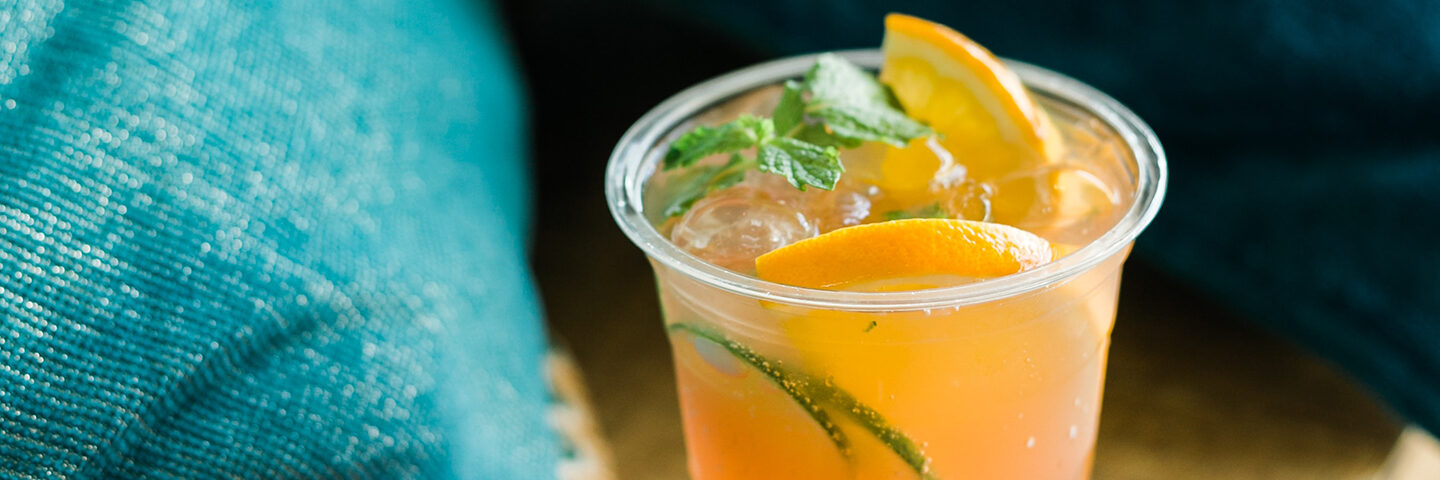
Whole Fruit & Juice Are More Similar Than Different
Bioactives, also known as phytonutrients, are non-nutritive compounds which give fruits and vegetables their unique color, odor and taste. They are also known to have health promoting properties. Fruits and vegetables in all forms, provide a wealth of bioactives. Research shows, juice contributes to significant polyphenol intake in the US and around the globe, thereby helping to bridge the gap in intake of these important bioactive components, which include carotenoids, flavonoids, polyphenols and others.
Diets rich in plant compounds like polyphenols have been associated with several health benefits including reduced risk of several chronic and degenerative diseases such as cardiovascular disease, diabetes and age-related macular degeneration as well as having broad beneficial effects on health such on neurocognitive function and exercise performance.
Many of the polyphenols found in fruits are in the skin and seeds, which individuals often discard when eating the whole fruit. Because the juicing process often includes the skin and seeds, naturally occurring polyphenols are transferred in part and retained in 100% juice. Thus, consuming 100% fruit juice may in fact provide a higher concentration of these health-promoting plant nutrients than whole fruit.
While fruit and 100% juice may differ in how these polyphenols are delivered and absorbed, the overall result is similar. Bioaccessibility of phytonutrients is influenced by a number of factors including processing. So, while absorption of certain flavonoids may be lower, other flavonoid absorption may be higher. In fact, according to researcher Mario Ferruzzi, Ph.D at the University of Arkansas, potential exists for greater bioavailability of (poly)phenol from fruit juices relative to whole fruit.
In a recent presentation at FNCE 2022 in Orlando, Florida, Dr. Ferruzzi concluded that:
- Both nutrients and bioactive polyphenols are important components contributing to the health benefits of fruit intake.
- While differences exist, bioavailability and metabolism of polyphenols appear to be similar between whole fruit and 100% juice suggesting many similarities between these product forms and benefits.
- Dietary guidance for fruit consumption should continue to include all forms to encourage higher intake
So next time you reach for a beverage consider choosing 100% juice. Juice is a convenient, affordable and delicious way to boost your fruit and vegetable intake. 100% juice is inexpensive, shelf stable and increases diet quality. Studies show that both children and adults who drink 100% juice tend to have higher quality diets, eat more whole fruit, and have either comparable or higher total dietary fiber in their diets.


